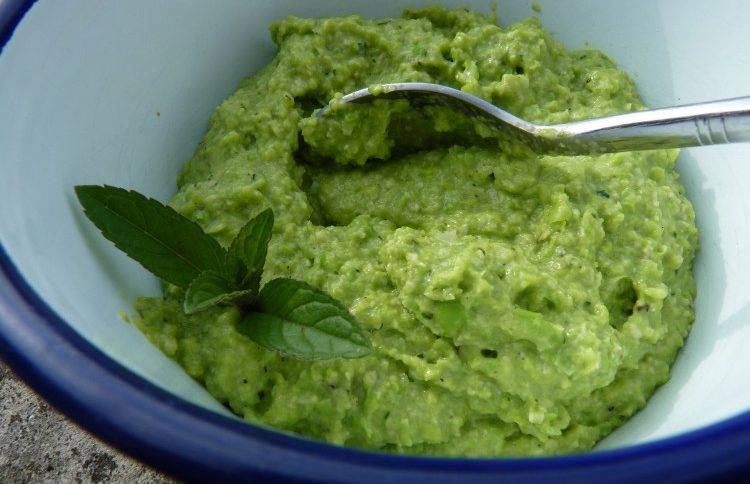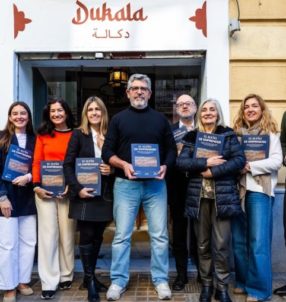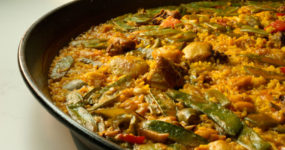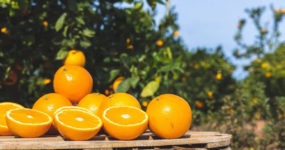##A few years back, i went to Italy and I was lucky to take part in an olive oil tasting under the guidance of olive oil expert Johnny Madge. We dived into the slippery world of olive oil to find out what really is in those bottles labelled as Extra Virgin.
As it is widely known, olive oil has a host of health-giving benefits including being anti-carcinogenic, improving intestinal health and its ability to lower cholesterol, which is lucky if it is your job to taste olive oil all day! It also proves why we should perhaps look a little more closely at the difference between organic and non-organic virgin oil.
Olives should be picked fresh from the tree and the extraction process started within 12 hours. However, usually mass-produced oils are not able to achieve this and so the base is a fermented sea of olives, leaves and twigs, which is then all doused in gallons of water, washing away many of the health benefits. In addition to the environmental damage, the result is a rancid or fusty oil, which will need some altering to return it to its required taste and colour. Although these oils regularly fail inspection standards, the big brands have huge lobbying power and so far have resisted any attempts to regulate what is written on the label to help people to understand what they are actually buying.
My experience of olive oil tasting involved first how to warm the olive oil in blue glass, by turning it in our hands. We then took small sips of the oil, smacking it with our lips and duck-like sounds to the back of our throats, which gave quite a burn…this and the bitterness being key signals that the oil is good! What surprised me most was that it didn’t leave a greasy feel in the mouth but felt more of a fiery sensation, much akin to swigging a shot of whisky! In the olive oils we tasted, you could de finitely taste the personality of the olives used, similar to how we are accustomed to recognizing different grapes in wine. Oils that mark the harvest dates and are cold-pressed are likely to be of higher quality.
Fortunately, in Spain, we are in no bad place to find a good honest olive oil. 55 Spanish oils won awards in the New York International Olive Oil Competition. For more information, a great reference book is ‘An Olive Oil Lover’s Guide to Organic Oils of Spain’ by Dorian Yates (you can also go to http://www. oliveoiltimes.com and http://www. johnnymadge.com/)
So is it worth investing a few more of our pennies for an organic product? Certainly for this recipe, a simple but heavenly purée of cannellini beans, sage leaves and olive oil.
Cannellini Bean Puree
Ingredients
•6 sage leaves (retain 2 for decoration)
•5 tablespoons Extra Virgin olive oil
•500 gm cooked cannellini beans (pre- soaked for at least 8 hours and gently cooked for 45 minutes. Retain the water from cooking the beans).
•1 clove of garlic.
In a large frying pan, warm the olive oil and gently fry the squashed garlic and sage leaves until fragrant. Add the cooked white beans to the pan and stir until they are warmed through and coated with olive oil.
Transfer the beans into a bowl with a ladleful of the cooking liquid, crush the beans with a masher or if you like blend in a processor, then return to the frying pan. Stir, adding a little more bean cooking water if necessary. Taste and adjust the seasoning accordingly.
Spread the beans on crusty toasted bread. Splash a little extra oil and a sage leaf on top to decorate…
La Ola Fresca
C/ Músico Magenti, 11
Tel.: 610 026 305
www.laolafresca.com
46020
Zona Benimaclet
València
Related Post
This site uses Akismet to reduce spam. Learn how your comment data is processed.

























Leave a comment